
Genome, Whole Genome Sequencing, Genome India Project
Subscribe to Never Miss an Important Update! Assured Discounts on New Products!
Must Join PMF IAS Telegram Channel & PMF IAS History Telegram Channel
Genome
- A genome is the DNA, or sequence of genes, in a cell.
- Most of the DNA is in the nucleus and intricately coiled into a structure called the chromosome.
- The rest is in the mitochondria, the cell’s powerhouse, and some is chloroplast DNA.
- Every human cell contains a pair of chromosomes, each of which has three billion base pairs or one of four molecules – adenine (A), thymine (T), guanine (G), and cytosine (C) – that pair in precise ways.
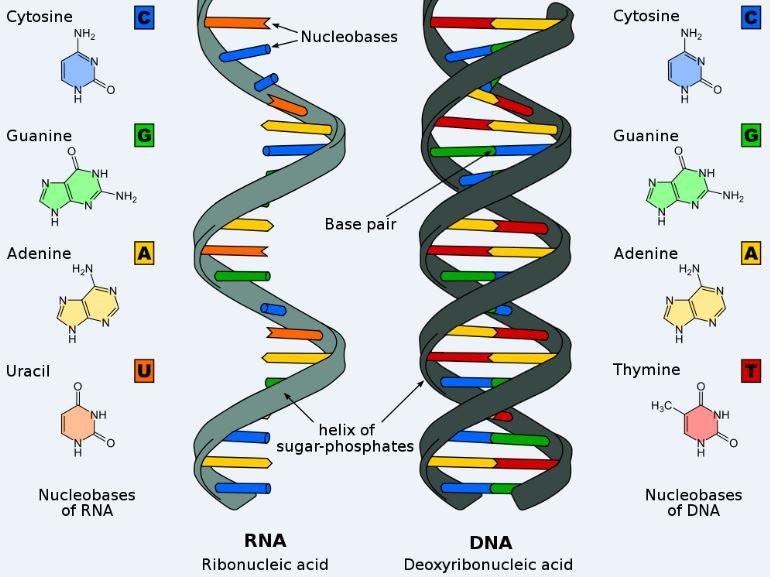
- The order of base pairs & varying lengths of these sequences constitutes the “genes”.
- Genes are responsible for making amino acids, proteins and, thereby, everything that is necessary for the body to function.
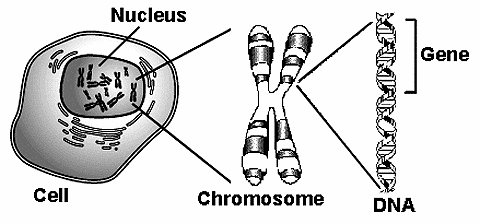
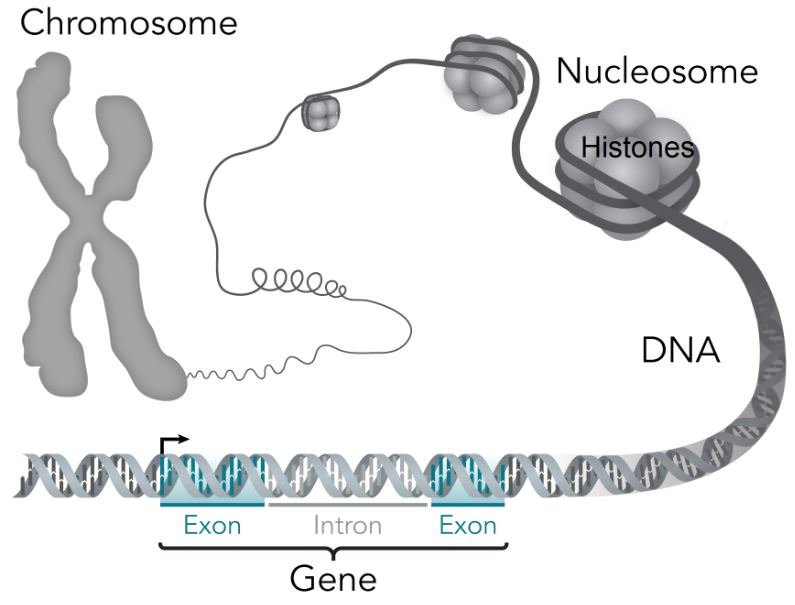
- When these proteins do not function as intended, it leads to disease.
Genome Sequencing
- Sequencing a genome means deciphering the exact order of base pairs in an individual.
- This “deciphering” or reading of the genome is what sequencing is all about.

- In this particular piece of DNA, an adenine (A) is followed by a guanine (G), which is followed by a thymine (T), which in turn is followed by a cytosine (C), another cytosine (C), and so on.
How do you sequence a genome?
- Almost any biological sample containing a full copy of the DNA — even a very small amount of DNA or ancient DNA — can provide the genetic material necessary for full genome sequencing.
- Such samples may include saliva, epithelial cells, bone marrow, hair (as long as the hair contains a hair follicle), seeds, plant leaves, etc.
- The whole genome cannot be sequenced all at once because available methods of DNA sequencing can only handle short stretches of DNA at a time.
- Scientists must break the genome into small pieces, sequence the pieces & then reassemble them in the proper order to arrive at the sequence of the whole genome.
- One strategy, known as the “clone-by-clone” approach, involves first breaking the genome up into relatively large chunks.
- The other strategy, called “whole-genome” method, involves breaking the genome up into small pieces, sequencing the pieces, & reassembling the pieces into the full genome sequence.
Whole Genome Sequencing
- Exome, the portion of the genes responsible for making proteins occupies just about 1% of the actual gene. Rather than sequence the whole gene, many geneticists rely on “exome maps”.
- However, the non-exome portions also affect the functioning of the genes.
- Hence to know which genes of a person’s DNA are “mutated” the whole genome sequencing is required.
- Whole genome sequencing is the process of determining the complete DNA sequence of an organism’s genome at a single time.
- This entails sequencing all of an organism’s chromosomal DNA as well as DNA contained in the mitochondria and, for plants, in the chloroplast.
- In practice, genome sequences that are nearly complete are also called whole genome sequences.
- The whole genome sequencing relies on new technologies that allow rapid sequencing of the entire genome in a matter of a few days.
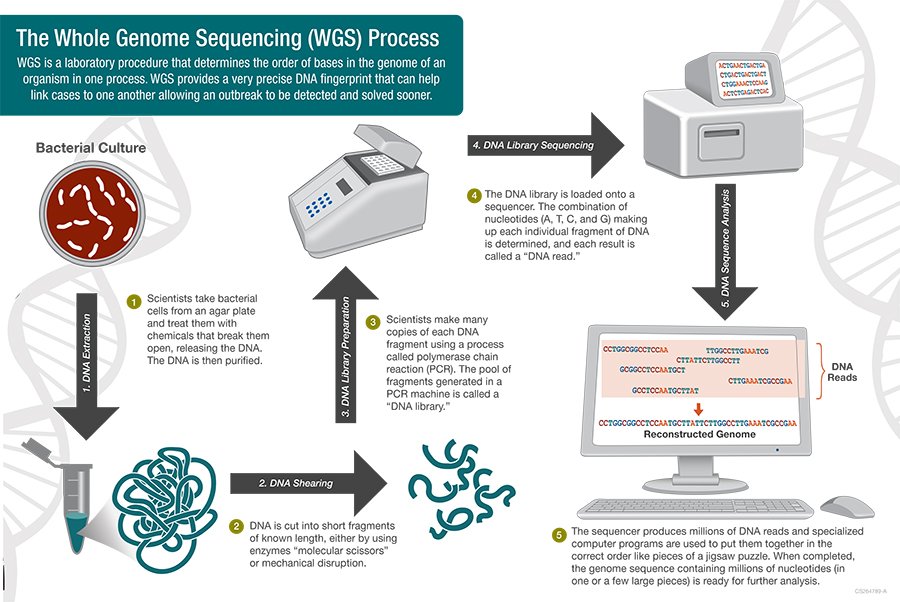
Advantages of Whole Genome Sequencing
- It provides a high-resolution, base-by-base view of the genome.
- Captures both large & small variants that might be missed with targeted approaches.
- Identifies potential causative variants for further follow-up studies of gene expression & regulation.
- Delivers large volumes of data in a short amount of time to support the assembly of novel genomes.
- Whole genome sequencing data of a person can be analysed to determine if they carry genes for particular single genetic disorders (caused due to mutation). This will help usher in a new era of personalized medicine.
Human Genome Project
- Human Genome Project is a publicly funded international collaborative research project aimed at
- determining the sequence of chemical base pairs which make up human DNA, &
- identifying & mapping all of the genes of the human genome.
- A base pair (bp) is a unit consisting of two nucleobases bound to each other by hydrogen bonds.
- They form the building blocks of the DNA double helix & contribute to the folded structure of both DNA & RNA.
- Human Genome Project was formally launched in 1990, & finally declared complete in 2003.
- The mapping of the human genome involves sequencing multiple variations of each gene.
- The HGP has revealed that there are probably about 20,500 human genes.
Applications & Benefits of Human Genome Project
It can help us
- understand diseases including genotyping of specific viruses to direct appropriate treatment,
- in the identification of mutations linked to different forms of cancer,
- understand the design of medication & more accurate prediction of their effects,
- in the advancement of forensic applied sciences, biofuels, animal husbandry, etc.
- understand evolution much more accurately.
- Another proposed benefit is the commercial development of genomics research related to DNA based products, a multibillion-dollar industry.
Genome India Project
- Taking inspiration from the Human Genome Project, the Department of Biotechnology (DBT) initiated the ambitious Genome India Project” (GIP) in 2020.
- It aims to collect 10,000 genetic samples from citizens across India, to build a reference genome.
- Gene Mapping project involves 20 leading institutions of the country with the Centre for Brain Research of Indian Institute of Science (IISc) Bangalore as the nodal point.
IndiGen: India’s Genome Sequencing Project
- The Council of Scientific and Industrial Research (CSIR) concluded the six-month-long exercise of conducting a “whole-genome sequence” of a 1,008 Indians that beloged to diverse ethnicities.
- The project is part of a programme called “IndiGen” and is a precursor to Genome India Project” (GIP).
- The project involved the Hyderabad-based Centre for Cellular and Molecular Biology (CCMB) and the CSIR-Institute of Genomics and Integrative Biology (IGIB).
Indian SARS-CoV-2 Genomics Consortium (INSACOG)
- It is a network of 10 laboratories established in December 2020.
- It aims at continuously monitoring the genomic changes of SARS-CoV-2 in India.
- Monitoring is done through Whole Genome Sequencing (WGS).
- Knowledge generated through this research consortium will assist in developing diagnostics & potential therapeutics & vaccines in the future.
Goals & Objectives of Genome India Project” (GIP)
- Whole-genome sequencing and subsequent data analysis of the genetic data of these 10,000 individuals would be carried out.
- It aims to aid understanding of the nature of diseases affecting the Indian population.
- It allows India to draw upon its tremendous genetic diversity, given the series of large migrations historically, and thus, add greatly to the current information about the human species.
- This initiative would help lay the foundation of personalized healthcare for a very large group of persons on the planet.
Priority Areas
- Some of the priority areas are:
- Precision health
- Rare genetic disorders
- Mutation spectrum of genetic and complex diseases in the Indian population
- Genetic Epidemiology of Multifactorial Lifestyle Diseases
- Translational Research.
Suggested Reading: PMF IAS NCERT Biology Compilation Chapter 12: Nucleic Acids – DNA & RNA
Paid users of Science & Technology Notes can download the above content from Sci & Tech May 2021 Current Affairs





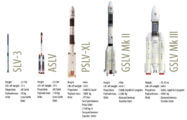
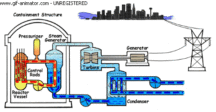


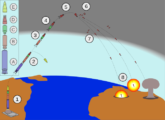

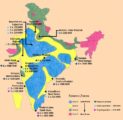
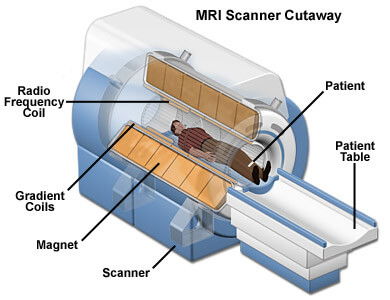




Thanks for my name m.goutham wrting comptitive exans veru veru thanjs and more